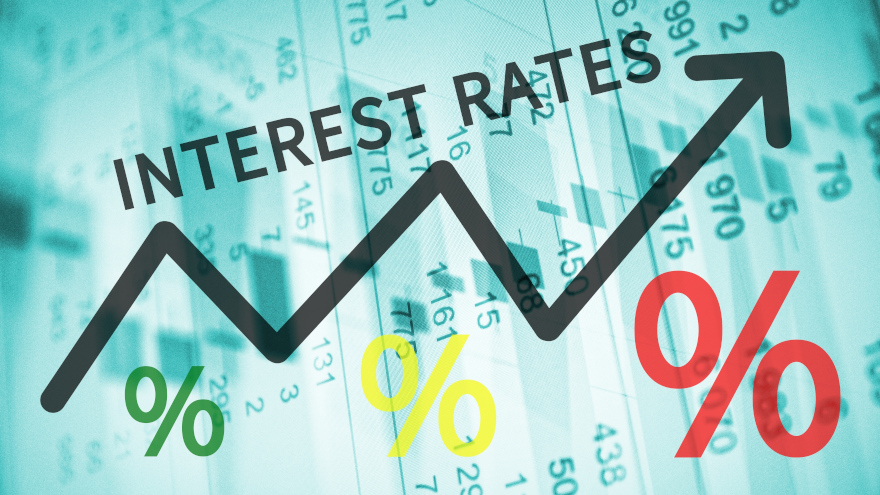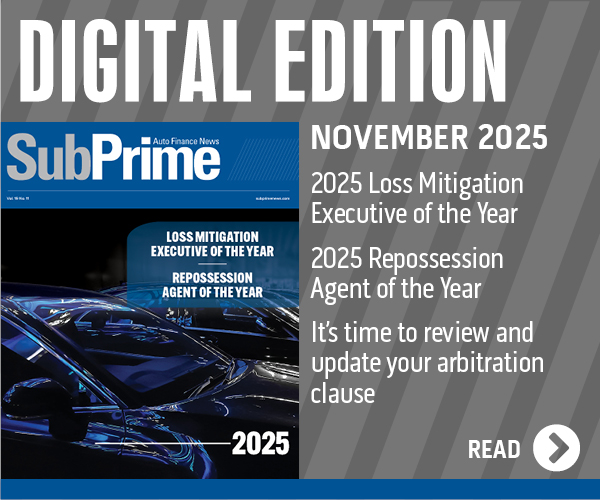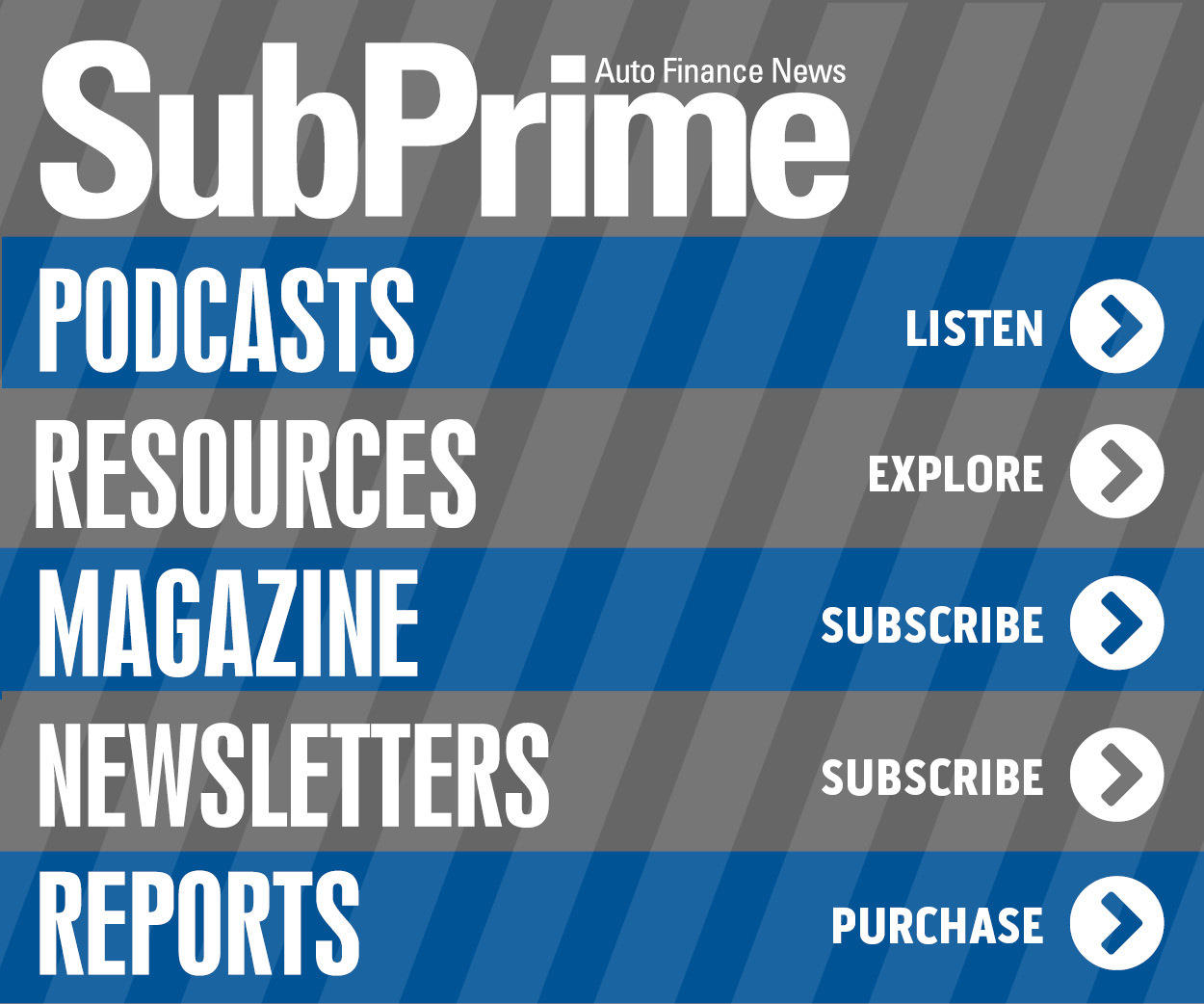Fed forecast: Experts see interest rates holding steady

By subscribing, you agree to receive communications from Auto Remarketing and our partners in accordance with our Privacy Policy. We may share your information with select partners and sponsors who may contact you about their products and services. You may unsubscribe at any time.
Experts from Comerica Bank and S&P Global Ratings expect the Federal Reserve to maintain a steady course involving interest rates during this week’s Federal Open Market Committee (FOMC) meeting.
But experts and policymakers are keeping close watches of the job market, which is experiencing some turbulence judging by the newest Conference Board Employment Trends Index.
“The FOMC is forecast to hold the federal funds target unchanged at their decision on Wednesday,” Comerica Bank chief economist Bill Adams and senior economist Waran Bhahirethan said in a commentary released on Monday. They will likely repeat that the federal funds target’s current setting at a range of 4.25% to 4.50% puts monetary policy ‘in a good place’ to react to downside risks to the job market or upside risks to inflation should they materialize.
“The Fed is also likely to repeat that they think it is appropriate to exercise ‘patience’ and ‘wait and see’ how the mix of higher tariffs and tax cuts collectively impacts the economy. A repeat of the patience/wait and see language would signal that policymakers expect to hold the federal funds target steady again at the July decision,” Adams and Bhahirethan continued.
S&P Global Ratings said in an analysis released at the beginning of June that market participants and policymakers will closely monitor labor market reports, especially as overall inflation continues to be under 2%, despite rising tariffs.
“While the labor market has been resilient so far, there’s still a high risk that policy related uncertainty from tariffs and the federal government’s cost-saving initiatives will soon be reflected in the data,” S&P Global Ratings analysts said while agreeing with Comerica Bank that the Fed is likely to pause again during the June FOMC meeting, “as its remains in wait-and-see mode.”
Subscribe to Auto Remarketing to stay informed and stay ahead.
By subscribing, you agree to receive communications from Auto Remarketing and our partners in accordance with our Privacy Policy. We may share your information with select partners and sponsors who may contact you about their products and services. You may unsubscribe at any time.
S&P Global Ratings added, “We anticipate that the increasing economic uncertainty will dampen hiring plans, as recent business sentiment indicates that companies are holding back on their recruitment efforts.
“Moreover, we expect payroll growth to soften as the year progresses, with the pace of job gains likely falling below 100,000 per month in the second half of 2025,” S&P Global Ratings went on to say.
That assessment of job growth wasn’t farfetched as the Conference Board Employment Trends Index (ETI) decreased in May to 107.49, from an upwardly revised reading of 108.00 in April.
The Employment Trends Index is a leading composite index for payroll employment. When the Index increases, employment is likely to grow as well, and vice versa. Turning points in the Index indicate that a change in the trend of job gains or losses is about to occur in the coming months.
“The ETI in May continued to slow relative to the start of 2025,” said Mitchell Barnes, economist at The Conference Board. “But despite general tariff wariness, the ETI is currently above the 2017-19 average, suggesting that the labor market broadly remains on solid footing.”
Barnes noted that initial claims for unemployment insurance (an ETI component) climbed in May to 235,000 — the highest level since July 2024.
The share of consumers who report ‘jobs are hard to get’ — an ETI component from the Consumer Confidence Survey — increased in May to 18.6%, rising for the fourth consecutive month and matching its 2024 high.
The share of small firms that report jobs are “not able to be filled right now” remained at 34% in May, which marks the lowest share since September, according to the Conference Board.
“While uncertainty may be weighing on business and consumer confidence, May employment data indicated that hiring continued to keep the labor market roughly in balance,” Barnes said through a news released distributed last week. “However, we are beginning to see some sector erosion that could suggest emerging pressures from tariff shifts.”
The Conference Board reported employment in the temporary-help industry fell by 20,200 in May’s Employment Report, which otherwise showed the labor market holding steady.
Analysts said temporary help payrolls in 2025 have declined four out of five months, losing a total of 41,600 workers. The share of involuntary part-time workers declined modestly in May to 17%, down from a recent high of 18% in February but remained above the 2024 average.
Job openings rose in April data, but job openings are likely to decline in May’s report, consistent with help-wanted-online job posting data.
Barnes added, “Pessimism about the labor market among firms and consumers did not translate to widespread weakening through May. Even as trade-exposed sectors and the broader economy brace for anticipated tariff impacts, the high rate of employment and elevated wage growth provide a buffer.”
The Conference Board noted May’s decrease in the Employment Trends Index was driven by negative contributions from four of its eight components:
—Percentage of respondents who say they find ‘jobs hard to get’
—Number of employees hired by the temporary-help industry
—Initial claims for unemployment insurance
—Job openings
The Conference Board explained the Employment Trends Index aggregates eight leading indicators of employment, each of which has proven accurate in its own area. Aggregating individual indicators into a composite index filters out “noise” to show underlying trends more clearly.


